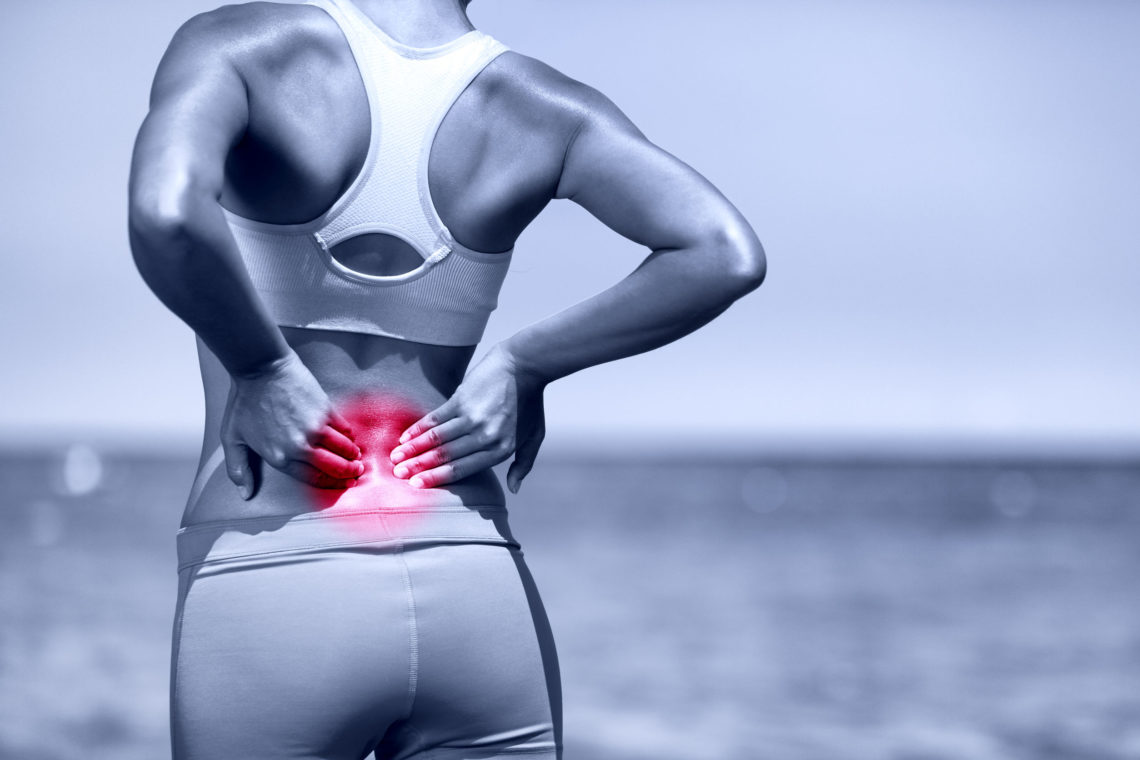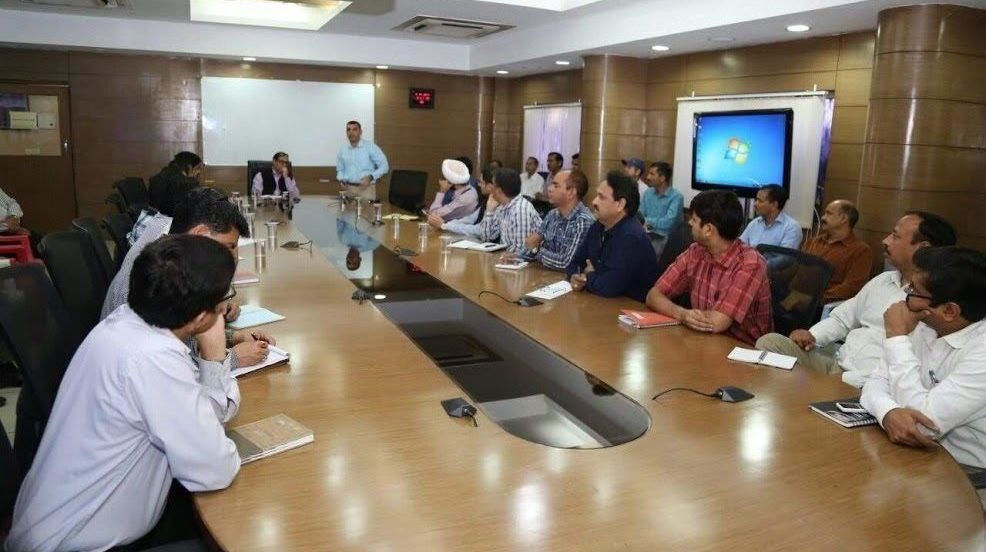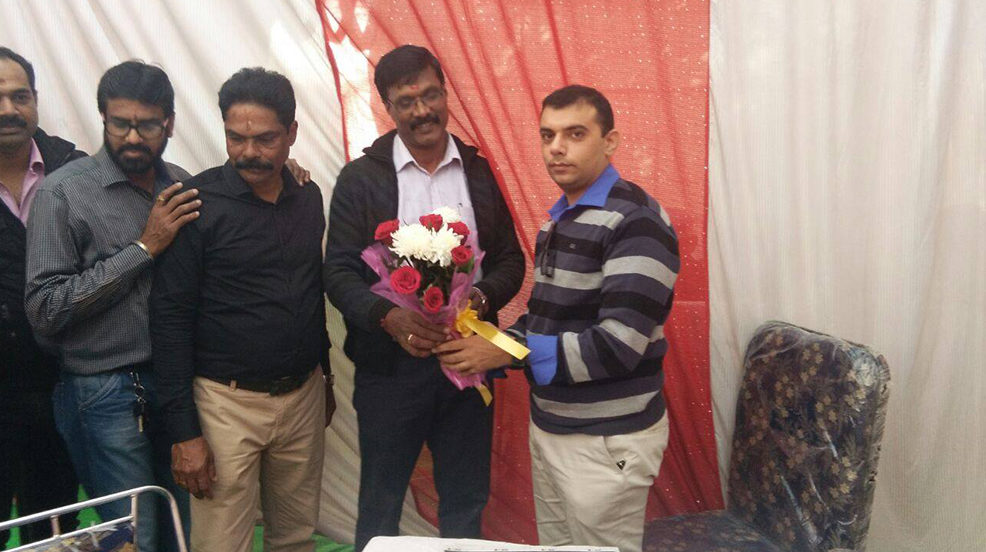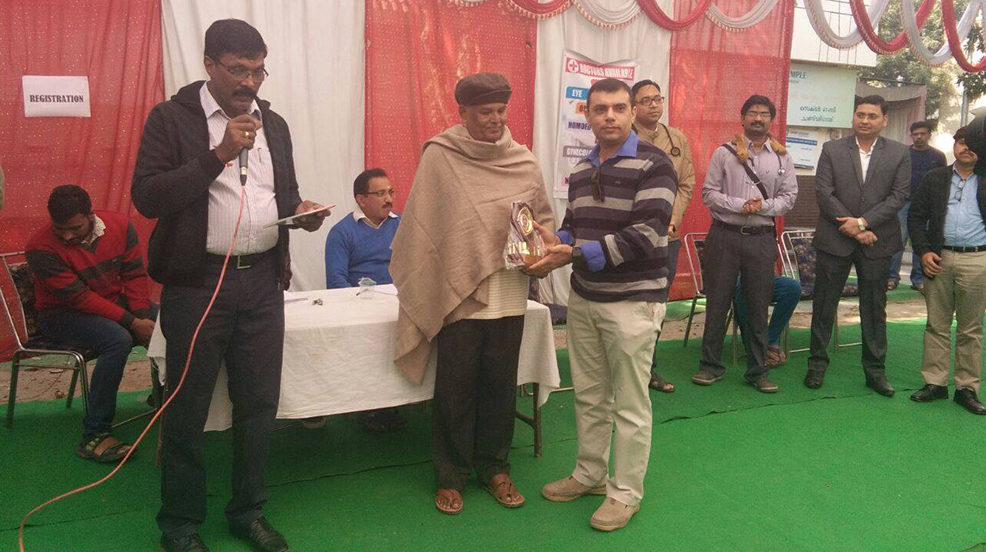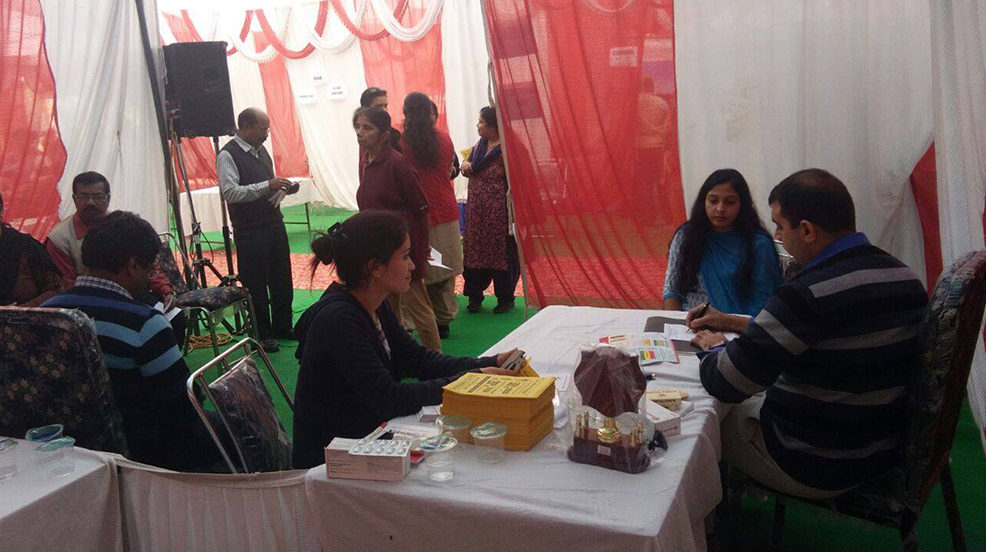The marvelous strength and flexibility that’s engineered into your lower back also make it susceptible to developing lot of problems and one of the most significant orthopedic health problems today is low back pain.
Most episodes of low back pain are caused by damage to the soft tissues supporting the lower spine, including muscles, tendons, and ligaments. The lower spine, also called the lumbar spine, depends on these soft tissues to help hold the body upright and support weight from the upper body. If put under too much stress, the low back muscles or soft tissues can become injured and painful.
About 90 percent of the time, low back pain is short-lived and goes away within a few days or weeks without much fuss. A minority of patients, though, go on to have sub acute back pain (lasting between four and 12 weeks) or chronic back pain (lasting 12 or more weeks). If the pain worsens at night and while lying flat, if it’s associated with weight loss and fever, or if you’ve recently fallen or have osteoporosis or experience shooting pain down one or both legs, suddenly crooked posture, an inability to stand up straight, or holding your breath when changing position, you should immediately see a doctor.
Doctors Tips to prevent lower back pain
Exercise your core. Strong core muscles are important to provide support for the lower back and avoid injury. Low-impact cardiovascular exercise—like walking—increases blood flow to the spine, which supplies healing nutrients and hydration to the structures in your lower back.
Correct your posture. Poor posture places pressure on your back and can cause degenerated discs to become more painful. Support the natural curve in your lower spine by using an ergonomic chair. Make sure to get up and walk around at least once an hour if you sit most of the day.
Lift heavy objects correctly. Even if you’re young and strong, you can still injure your lower back if you lift a heavy object incorrectly. Bend your knees first to lift an object rather than bending your spine.
Improve your overall physical health. The spine reflects the overall health of your body. Anything you can do to improve your overall physical fitness and general health will benefit your lumbar spine as well—including drinking lots of water, minimizing/not drinking alcohol and stopping smoking/avoiding any nicotine intake. It is also important to get enough deep, restorative sleep, as too little sleep can lead to back pain and/or worsen an existing back condition.
Stretch your hamstrings. A little-known cause of low back pain is tight hamstrings. Simple hamstring stretching exercises can help decrease the pressure on your pelvis and provide relief across your low back. Not all hamstring stretching approaches are good for all types of back conditions, though, so check with your physical therapist or doctor first.
Loose any excess weightYou can use the body mass index BMI calculator to find out whether you are a healthy weight for your height
Wear flat shoes with cushioned soles These can reduce the stress on your back
Avoid sudden / jerky movements.
Try to reduce any stress,anxiety and tension. Yoga May Help Patients with Chronic Nonspecific Low Back Pain. Try “non-drug therapies” such as exercise, swimming, yoga.
I recommend low resistance, high repetition exercise programs, alongwith a healthy lifestyle and encourage consistency, as an irregular program will not be helpful.
“Back pain affects us all; the best treatment is avoidance and the best way to avoid is with an active and healthy lifestyle.”
